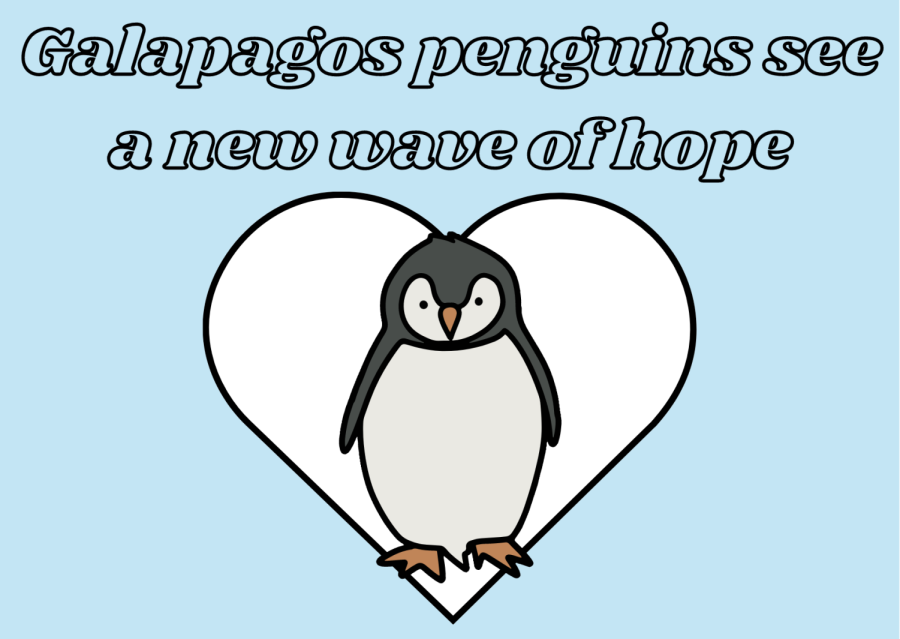Endangered Galapagos penguins see a new wave of hope for their breed
The endangered species of penguins native to the Galapagos Islands is finally seeing a new wave of hope. Due to the creative efforts of biologists, they’ve gained a new spot to reside in that may save them in the long run.
The Galapagos Islands are extremely beautiful and are one of the most pristine natural areas on the planet due to their incredibly diverse populations of wildlife. Among these are their marine iguanas, seabirds and giant tortoises. They even are home to an endangered species of penguins: the Galapagos penguins.
Because this species is the most northerly-dwelling species of penguins, they must reside in underground burrows to survive. However, these spots were also prime spots for introduced predators on the islands which greatly harmed their population. This species has been struggling for far too long, but not anymore.
Biologist P. Dee Boersma, who specializes in penguins, has set out to put an end to the rapid decline of the number of Galapagos penguins, in a very unique way. She uses crowbars and hammers to chisel holes out of lava for the penguins to reside in. Slowly but surely, more and more penguins started to use these carefully crafted burrows.
Out of a total of 120 nests, 84 of them are still usable after over a decade. The majority of them are being utilized by babies, which has provided scientists with lots of opportunities for data collection and observation. The protection of these nests is necessary for the species to continue to thrive and grow, which is why scientists are working so hard to preserve them.
But, with a little help from science and ideal conditions among the penguins, these cuties are making a comeback. Dr. Boesma has noticed that several of them have been laying eggs and hatching them, which over time can hopefully lead to a significant increase in their population. We’re hopeful these penguins will soon be taken off the endangered species list, and we are optimistic for their future.




